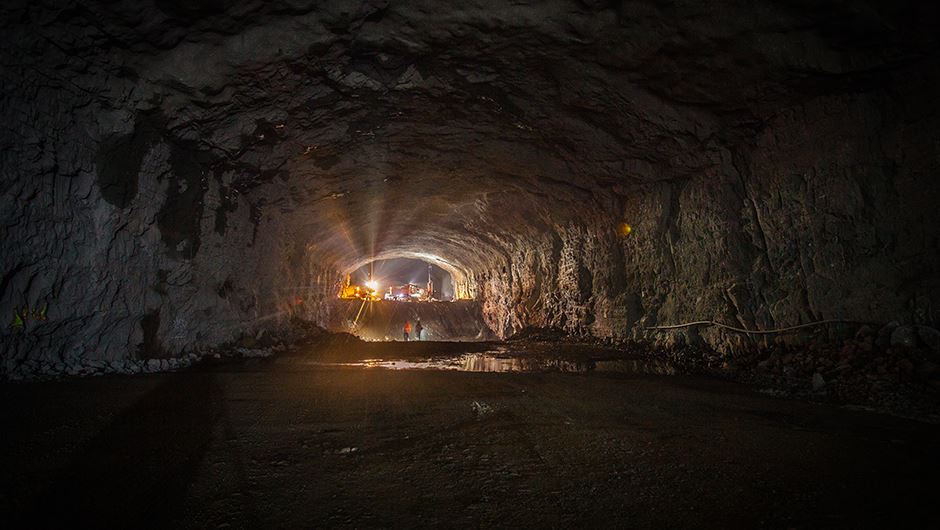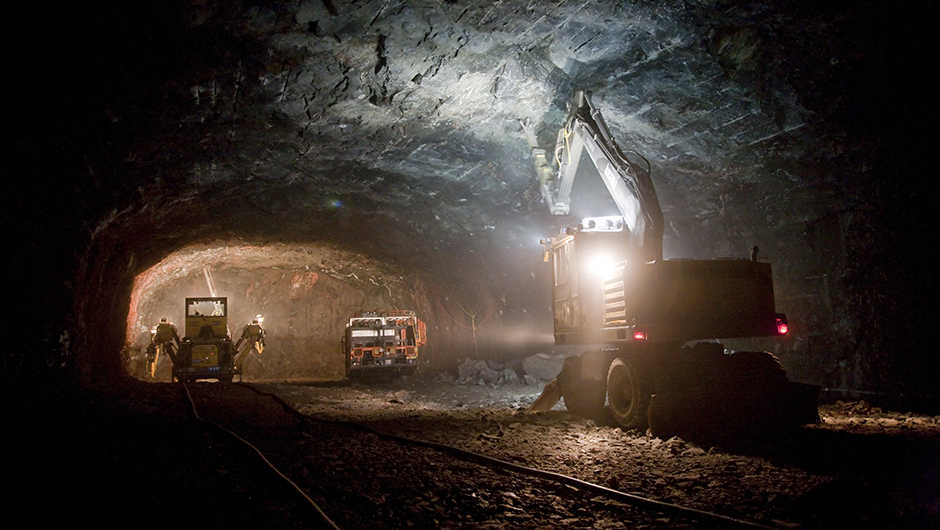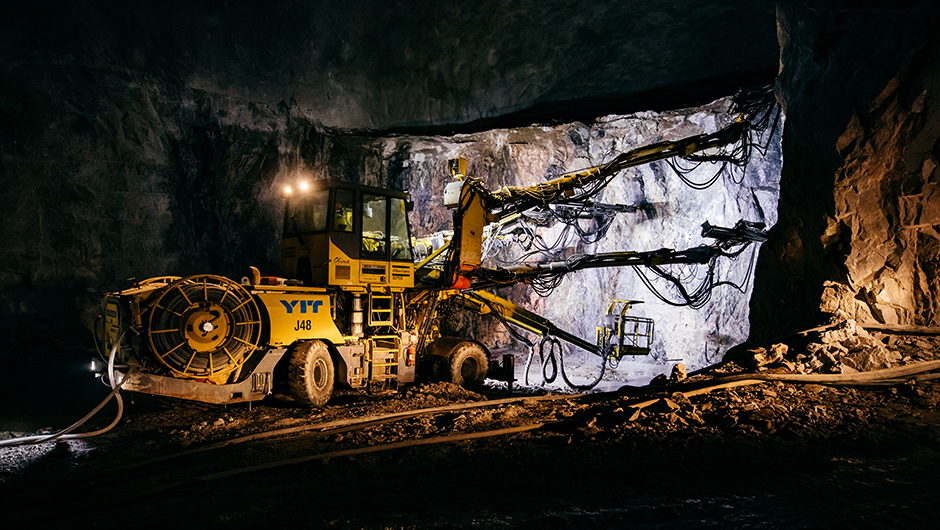Sustainable data centers as a service
Rock tunneling requires special skills and a lot of background work
An excavation project for a seasonal heat storage will begin soon in Kuusikonmäki, Vantaa. It is not unusual to carry out quarrying, underground excavations and related blasting work in residential areas in Finland. But how to prepare for excavation and how will it affect the local residents?

Markku Okkonen and Jarkko Hyytiäinen, YIT's excavation professionals, have extensive experience of various excavation projects, even in extremely challenging urban environments.
“In Finland, most of the excavation work has been carried out in populated areas. There are an enormous number of underground parking halls, for example. When we were excavating the parking hall for Finlandia Hall, the project’s area of impact included Finlandia Hall and the National Museum, and the Helsinki Music Centre and the Parliament House were also nearby. The Töölönkatu parking hall was located under a residential area including a hotel,” says Project Manager Markku Okkonen.
“When we were excavating the Erottaja parking hall in Helsinki, we also excavated several vertical connections to the buildings for access to the parking hall. In Tampere, the Rantaväylä tunnel was excavated to run under the Tammerkoski rapids, and the distance between the tunnel and the foundations of the buildings above it was only 7–10 metres at its smallest,” says Jarkko Hyytiäinen who will work as a project engineer in the development phase and as a site manager responsible for construction and excavation work in the future implementation phase.
In other words, an enormous amount of social infrastructure lies under populated areas.

Environmental plan for excavation determines the work
The environmental plan for the excavation is always prepared by a third party; a vibration consultant who must be an expert in vibration control. The excavation contractor, in this case YIT, presents the tentative excavation plan. Based on the plan, the party in charge of the environmental plan investigates the area of impact.
The buildings in the area specified in the environmental plan for the excavation are surveyed on-site, one property at a time. The surveys will be conducted as close to the start of the excavation as possible to investigate the vibration resistance of the property, structures and sensitive equipment and analyse the condition of the property before the start of the excavation to ensure that any damage created during the excavation can be identified.
“Vibration resistance and threshold values depend on the construction method, whether the buildings have been built on soil or bedrock, the type of foundation materials and the materials of the building. With historical buildings, the condition of the building is also analysed. An external party also evaluates the potential environmental impact of the planned blasting work,” explains Jarkko Hyytiäinen.
The excavation work will take a few years and will be in compliance with all the detailed instructions, regulations and threshold values specified by the authorities. The nearest buildings will have 3-axis vibrographs that can be read remotely. Their placement will be determined in cooperation with an external party and they will be moved as the excavations progress. After blasting, the vibration monitoring programme can immediately detect any anomalies which can be used as a basis for making changes to the plans and decreasing the vibrations. The vibrographs can also distinguish between bumps and other types of vibrations and the excavation work.
“We will be able to assess the impact on the nearest buildings in advance, and we always play it safe with the first blasting. The vibration measurement data is used to confirm whether the blasting has worked as planned, and the plans can be changed accordingly, if necessary,” says Markku Okkonen.
The authorities supervise construction work and set daily working hours so that work can be done in harmony with the surrounding society . Blasting during the mining happens sometimes everyday, but not on all days. The alarm will only be used when excavating the entrance of the tunnel, not inside the tunnel. Some projects also have a text message service that allows anyone to subscribe to advance notifications on the blasting work.

Excavation is done by professionals
In professional construction, everything happens according to predetermined plans. Pre planning often takes years and excavation, for example, is the culmination of a long chain. The construction project involves hundreds of professionals and the construction is constantly monitored by external parties to whom the project team is accountable. If the plans require changes, even the changes are carefully planned before execution.
“Professional construction is based on long experience. The understanding of excavation and vibration management, for example, is much longer than the careers of the builders involved in the project. This knowledge on which our understanding is based has been collected from decades of excavation projects,” says Markku Okkonen.
The logistics during the excavation are also planned in advance to avoid directing on-site traffic to the smaller local streets and roads.



